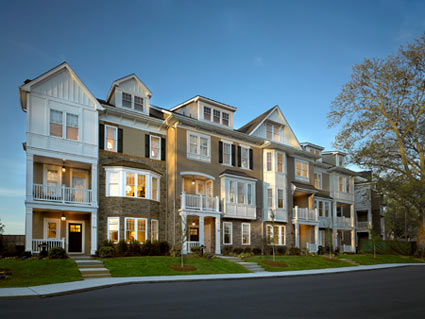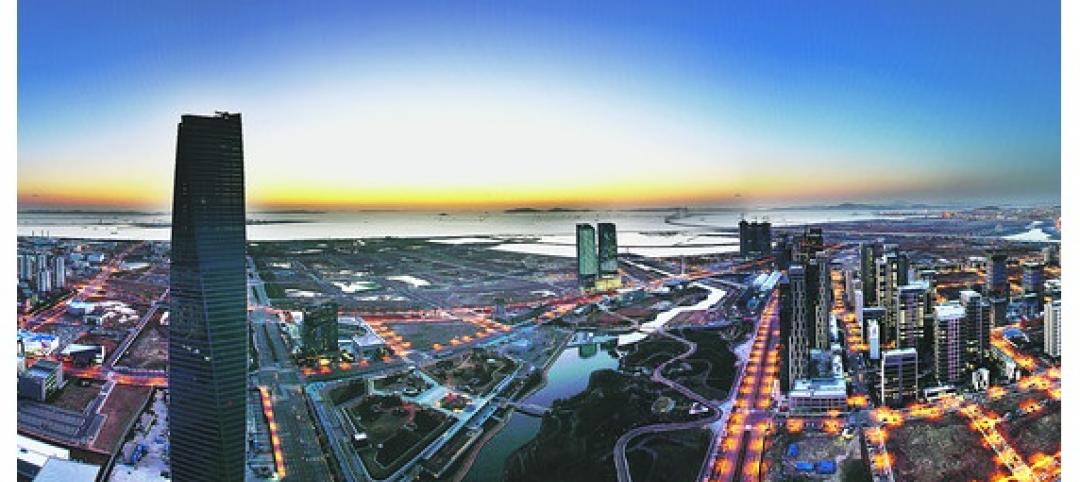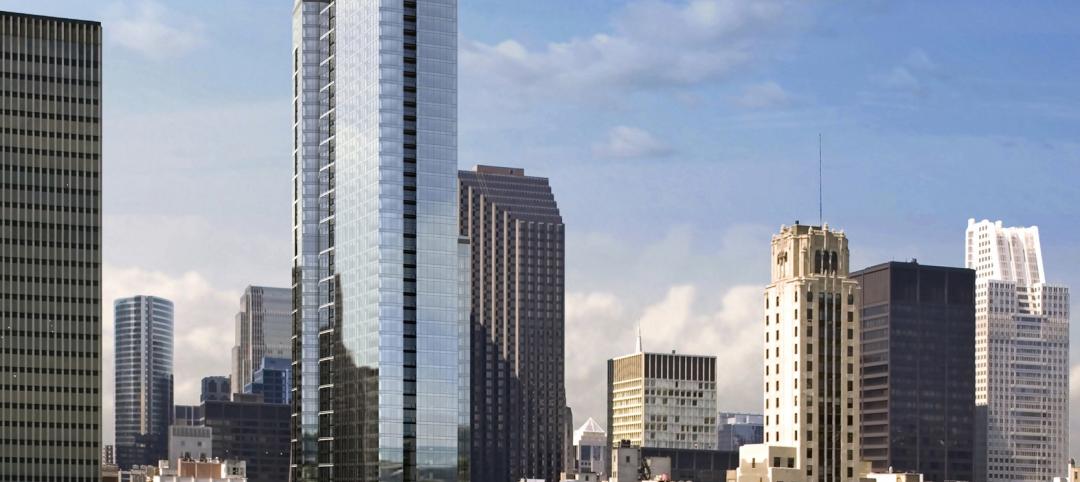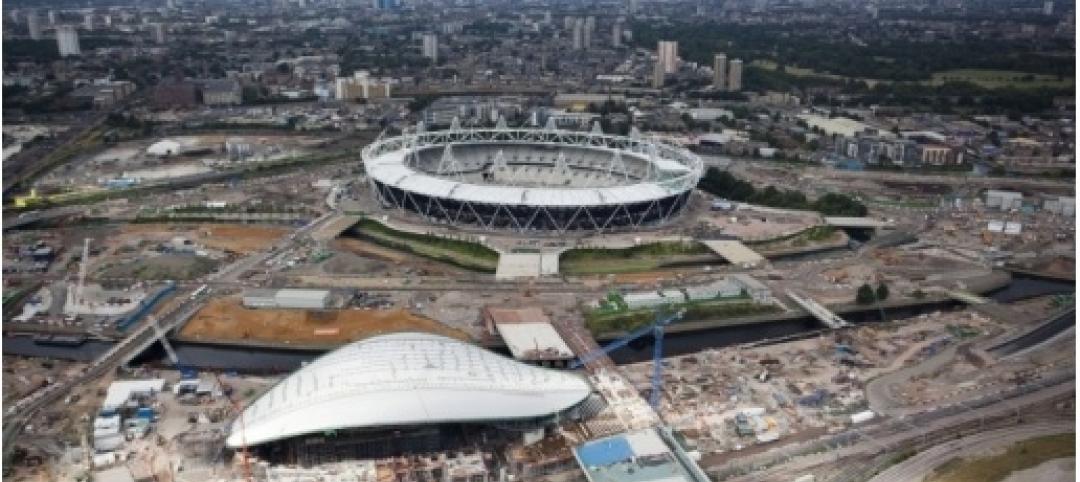Health systems and hospitals acquiring or developing real estate is not new. For years, healthcare providers have been repositioning their portfolio in an effort to minimize cost and reduce risk, particularly in the wake of the Affordable Care Act. The difference in today’s trends is not the size or use of the real estate, but where it is located and the theory behind it’s placement.
NEW TRENDS
In urban and even suburban markets, real estate today is about the "live, work, play" notion. Within residential projects, close proximity to mass transit and other amenities, like groceries or retail stores, makes for a successful development.
According to The Center for Transit Oriented Development, the number of households looking to rent or buy housing within a half mile of fixed-guideway transit stops is expected to reach 14.6M by 2025. Ancillary development of retail and services to support this population will continue to follow.
Healthcare organizations are also evaluating these developments in order to identify a market response, especially in heavily populated urban areas.
Placed next to restaurants and apartment complexes with proximity to public transportation and other quick mart stores such as CVS and Walgreens, healthcare organizations can provide convenient care to the neighborhood in ways the community had not been previously served. The products being put in place within this environment can range from prompt care clinics to larger ambulatory care facilities.
Some recent market examples feature ambulatory care center developments which include services like primary and preventative care, radiology, rehabilitation services, urgent care, and specialists in cardiology, orthopaedics, sports medicine, and women’s health. These centers are increasingly being placed above a walk-up anchor tenant such as a retail pharmacy or other health related retail operation. Together they create a destination that becomes the preferred one-stop shop for healthcare in the community.
This retail and mixed-use model can position a healthcare organization to capture large portions of an area’s growing population, providing a new market for care delivery. Essentially, with this type of development, healthcare has transitioned into another mixed-use retail shop.
Another example of the "live, work, play" strategy is the development of residential townhomes and apartments within close proximity of healthcare campuses. The award-winning Whitehall Community in Bryn Mawr, Pa., fits this product description. The development was the result of a partnership with Main Line Health and created a "village" within walking distance to not only the hospital’s clinical services, but the town’s shops and restaurants. Different than other national developers’ recent projects, the target for these townhomes wasn’t Millennials. Instead, Main Line Health created four-story, luxury homes that feature an elevator option for the community’s aging Baby Boomers wanting an urban feel but convenient access to healthcare.
FINDING THE OPPORTUNITY
Establishing a presence in urban areas, be it through new development or occupying vacant retail space, allows for multiple competitive advantages for regional, super regional and national systems. First, systems are able to capture a market otherwise taken by their competitors, increasing visibility and volumes. With costly emergency room visits, the new patients seek quick, convenient, and competent care at a lower cost than what a traditional ER delivers.
Second, occupying vacant space on Main Street, or in a busy neighborhood, provides the system with speed-to-market and the ability to capture that market share quicker and at a less costly rate. Systems may opt to buy the storefront, or rent, both in less time than new construction would take.
Historically, the retail and banking industries have utilized advanced predictive analytic techniques incorporating market demographic and psychographic datasets for guidance in planning their retail and customer oriented store and branch networks. By combining these proven techniques with rigorous healthcare and patient center datasets and real-time local market intelligence, healthcare organizations can identify optimal opportunities for growth of the business. Utilizing portfolio analytics tools provides the rationalization for service locations as well as predicts the financial impact and overall feasibility of investment decisions.
Healthcare organizations traditionally have not chosen to push the envelope when it comes to real estate development, but the business of healthcare today requires a different approach. In order to identify opportunities and develop an appropriate deal structure, healthcare organizations must have the appropriate tools and expertise to balance the risk. This is being accomplished by a combination of adding expertise in-house and partnering with outside real estate professionals.
CONCLUSION
Health systems desire the cost savings of preventative care and creating more healthy communities. By concentrating efforts at the core of neighborhoods in more urban and populated areas, systems can serve exponentially higher numbers of patients. Branding is a crucial element of this urban-centric outpatient strategy. Without maintaining consistency with the other hospitals, medical office buildings, and even the other outpatient centers, the perception of the system’s presence is lost - visibility is key.
Those hospitals, systems and health care providers taking a proactive, creative approach to real estate acquisition and development will continue to advance the industry in light of reform. We continue to look to these innovators for the pulse of today’s healthcare.
About the Authors
Eric Fisher is Managing Director with Trammell Crow Company. Patrick Duke is Managing Director with CBRE Healthcare.
Related Stories
| Mar 2, 2011
Cities of the sky
According to The Wall Street Journal, the Silk Road of the future—from Dubai to Chongqing to Honduras—is taking shape in urban developments based on airport hubs. Welcome to the world of the 'aerotropolis.'
| Mar 2, 2011
How skyscrapers can save the city
Besides making cities more affordable and architecturally interesting, tall buildings are greener than sprawl, and they foster social capital and creativity. Yet some urban planners and preservationists seem to have a misplaced fear of heights that yields damaging restrictions on how tall a building can be. From New York to Paris to Mumbai, there’s a powerful case for building up, not out.
| Mar 1, 2011
Smart cities: getting greener and making money doing it
The Global Green Cities of the 21st Century conference in San Francisco is filled with mayors, architects, academics, consultants, and financial types all struggling to understand the process of building smarter, greener cities on a scale that's practically unimaginable—and make money doing it.
| Mar 1, 2011
How to make rentals more attractive as the American dream evolves, adapts
Roger K. Lewis, architect and professor emeritus of architecture at the University of Maryland, writes in the Washington Post about the rising market demand for rental housing and how Building Teams can make these properties a desirable choice for consumer, not just an economically prudent and necessary one.
| Mar 1, 2011
New survey shows shifts in hospital construction projects
America’s hospitals and health systems are focusing more on renovation or expansion than new construction, according to a new survey conducted by Health Facilities Management magazine and the American Society for Healthcare Engineering (ASHE). In fact, renovation or expansion accounted for 73% of construction projects at hospitals responding to the survey.
| Mar 1, 2011
AIA selects 6 communities for long-term sustainability program
The American Institute of Architects today announced it has selected 6 communities throughout the country to receive technical assistance under the Sustainable Design Assessment Team (SDAT) program in 2011. The communities selected are Shelburne, Vt., Apple Valley, Mn., Pikes Peak Region, Co., Southwest DeKalb County, Ga., Bastrop, Tx., and Santa Rosa, Ca. The SDAT program represents a significant institutional investment by the AIA in public service work to assist communities in developing policy frameworks and long term sustainability plans.
| Feb 24, 2011
Perkins+Will designs 100 LEED Certified buildings
Perkins+Will announced the Leadership in Energy and Environmental Design (LEED) certification of its 100th sustainable building, marking a key milestone for the firm and for the sustainable design industry. The Vancouver-based Dockside Green Phase Two Balance project marks the firm’s 100th LEED certified building and is tied for the highest scoring LEED building worldwide with its sister project, Dockside Green Phase One.
| Feb 24, 2011
New reports chart path to net-zero-energy commercial buildings
Two new reports from the Zero Energy Commercial Buildings Consortium (CBC) on achieving net-zero-energy use in commercial buildings say that high levels of energy efficiency are the first, largest, and most important step on the way to net-zero.
| Feb 24, 2011
Lending revives stalled projects
An influx of fresh capital into U.S. commercial real estate is bringing some long-stalled development projects back to life and launching new construction of apartments, office buildings and shopping centers, according to a Wall Street Journal article.
| Feb 23, 2011
London 2012: What Olympic Park looks like today
London 2012 released a series of aerial images that show progress at Olympic Park, including a completed roof on the stadium (where seats are already installed), tile work at the aquatic centre, and structural work complete on more than a quarter of residential projects at Olympic Village.










